Contents
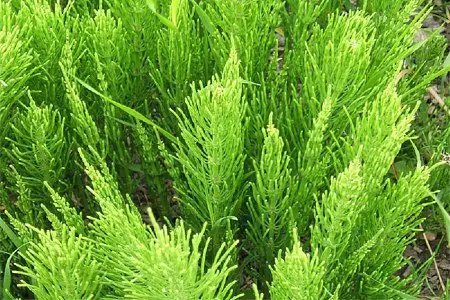
Horsetail is the most famous and widespread member of the horsetail family. In the people it is called a ponytail, a pusher, a pine. Perennial grass is common in subarctic, temperate and tropical latitudes.
In the post-Soviet expanses, horsetail is found almost everywhere, except for desert and northern regions. It is easy to find it in fields and meadows, along river banks, on sandbanks, in thickets of bushes. The plant is found in the mountains, where its distribution area reaches the subalpine belt. Horsetail prefers moderately moist or sandy soils. Sometimes it forms dense thickets and is considered a difficult weed to remove.
Horsetail, which looks like a miniature Christmas tree, is not perceived by most people as a valuable plant. Traditional and folk medicine has been using it for a very long time to treat various diseases. In cooking, young shoots of horsetail are added to sauces, casseroles, pies or eaten fresh. The plant is used as a useful supplement for wild animals. In domestic animal husbandry, horsetail is not used because of the risk of poisoning in horses and cattle.
What does horsetail look like?
Horsetail is a perennial herb reaching 40-50 cm in height. The plant has a long, creeping root, from which small short tubers extend, which are a depot of nutrients. Vegetative propagation of horsetail is carried out by means of tubers.
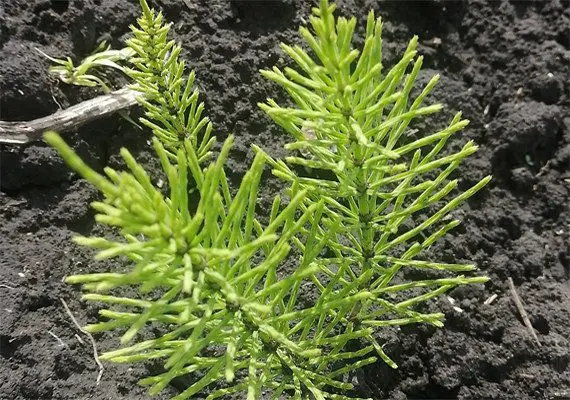
The aerial part of the horsetail consists of generative and vegetative shoots. Generative stems are recognizable by their brown or slightly pink color. Along the entire length of the shoot are brown triangular leaves, similar to teeth. There is no chlorophyll inside the generative parts, therefore, after the spores mature, they die off or release green side shoots. These new stems cannot be distinguished from vegetative shoots, except that a spikelet is formed at the top of which there are spores.
Green vegetative shoots are hollow inside. Smooth branches sprout from erect stems.
Thin tooth-shaped leaves are collected in whorls of 6-16 pieces. Simple or weakly branched whorls directed upwards. The cylindrical shape is characteristic of both modified leaves and spikelets, the size of which does not exceed 2-3 cm.
Horsetail does not bloom, reproduction occurs through spores.
[Video] Useful and poisonous horsetail: definition, properties and uses:
2 Has a diuretic effect

Diuretics are called pharmacological drugs or herbal remedies that stimulate the excretion of urine. Horsetail is more commonly used as a natural diuretic than other herbs.
In one study, horsetail extract was given to 36 adult men. Participants received capsules containing 900 mg dry matter daily. The diuretic effect was more pronounced than that observed after the use of traditional diuretic drugs. The recorded result is associated with a high concentration of mineral salts, antioxidant substances in the composition of horsetail [3].
Observations have shown that horsetail is effective in the treatment of urinary incontinence, frequent nighttime urge to urinate. [4].
Research data published in 2021 confirm that horsetail can be included in the complex therapy program for urethritis, kidney disease, urolithiasis [5].
3 Heals nails, stimulates wound healing
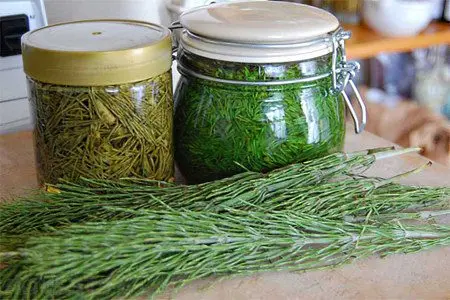
The ability of horsetail to heal wounds was proven in one 108-day study in which 3 parturient women were admitted after undergoing an episiotomy. At the site of the surgical incision, women from the experimental group were daily applied an ointment, which included XNUMX% horsetail extract. All participants in the experiment showed a significant reduction in pain and faster healing of the postoperative wound. [6].
The study showed that in the control group, hyperemia, edema at the site of the surgical incision, and discharge persisted much longer than in the experimental sample. Doctors believe that the recorded therapeutic effect is due to the high content of silicon in horsetail.
Much earlier studies were conducted with laboratory rats with skin lesions. For the treatment of rodents of the experimental group, ointments with 5% and 10% horsetail extract were used. All individuals showed rapid wound healing with a closure rate of 95-99%. In the control group, the rate of skin regeneration was significantly lower [7], [8].
It has been found that the application of horsetail extract to the nails helps to cure nail plate psoriasis, which leads to nail deformity. The plant extract can be added to nail polish.
In one experiment, participants were given horsetail nail polish. All subjects showed a decrease in the manifestations of psoriasis of the nails, strengthening of the nail plates [9], [10].
4 Stimulates hair growth
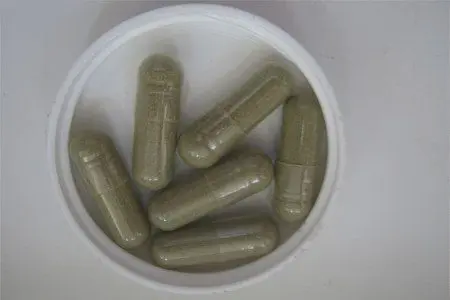
Clinical observations confirm that horsetail heals hair. Experts associate the therapeutic effect with a high content of antioxidants and silicon salts.
Antioxidants fight the aging of hair shafts, micro-inflammatory processes that develop through the fault of free radicals. High concentrations of silicon reduce hair loss, make their color brighter.
The ability of horsetail to heal hair was devoted to a special study in which women with thinned, weakened hair took part. For three months, the participants took two capsules of the drug, which included horsetail. Objectively, all women of the experimental group showed faster hair growth, improved quality, strength, and elasticity of the hair shaft. There were no positive results in the control group. [11].
Subsequent studies have confirmed that horsetail preparations containing silicon dioxide have a healing effect on hair, stimulate their growth. [12].
5 Reduces inflammation
A test-tube study showed that horsetail extract inhibits the activity of lymphocytes. It is lymphocytes, being protective cells, that play an important role in the development of inflammatory immune diseases. [13], [14].
6 Has an antibacterial effect
It has been experimentally established that the essential oil of horsetail inhibits the growth and development of pathogenic bacteria, fungi [15].
It is safe to assume that the following are sensitive to horsetail:
Staphylococcus aureus.
E. coli.
Molds of the genus Aspergillus.
Yeast fungi of the genus Candida.
7 Provides the body with antioxidants
Test-tube studies demonstrate the pronounced antioxidant effect of horsetail. The active substances of the plant block the process of oxidation of cell membranes, thereby protecting cells from the damaging effects of free radicals. [16].
8 Eases diabetes
Preliminary results from several laboratory experiments and animal studies show the hypoglycemic qualities of horsetail. Regular use of horsetail extract can stabilize normal blood glucose levels and restore damaged pancreatic cells. [17].
Horsetail chemical composition
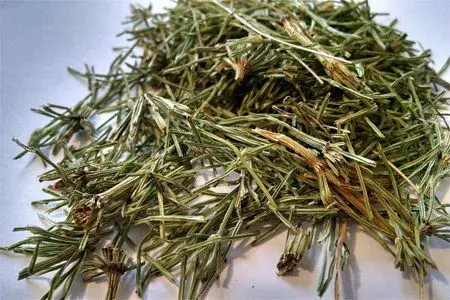
The study of the composition of horsetail showed a high concentration of substances due to which its medicinal properties are realized:
Simple and complex carbohydrates.
Ascorbic acid.
Carotene.
Saponins.
Flavonoids.
Alkaloids.
Mineral salts.
Tannins.
resins.
bitterness.
Salts of silicic acid.
Oxalic, nicotinic, gluconic, fumaric, malic, quinic, aconite organic acids.
Fatty oil, which contains campesterol, isofucosterol, β-sitosterol.
Vanillic, ferulic, caffeic, gallic, protocatechuic phenolcarboxylic acids.
Horsetail flavonoids have a pronounced anti-inflammatory and antibacterial effect. Horsetail has been proven to help detoxify the body from lead.
Silicic acid salts stimulate metabolism, improve the structure of connective tissue structures, vascular walls and mucous membranes. Silicon compounds are indispensable for the formation of bone tissue. These substances are excreted in the urine, preventing the formation of salts and stones.
[Video] This plant will restore skin elasticity, hair density, make bones and brain strong:
Противопоказания
Internal intake of formulations based on horsetail is contraindicated:
Patients with nephrosis, nephritis.
During the period of extensive bleeding of internal organs.
Pregnant and lactating women.
Children under three years of age.
People with individual intolerance to phytocomponents.









